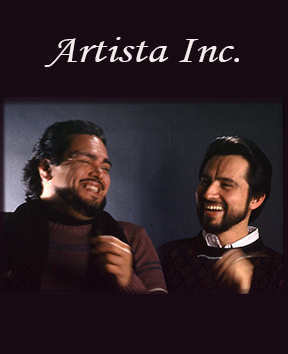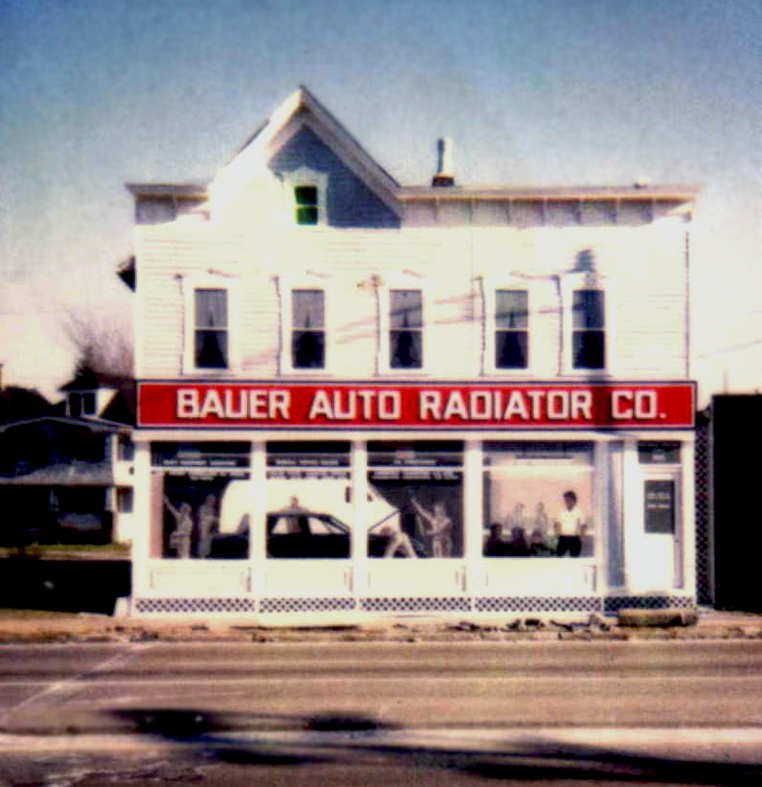|
|

|

|
|
|

|

|
The 1980's were tough economic times. A national recession during this decade deeply affected cities like Cleveland. The closure of several steel production centers in the region deeply contributed to high unemployment rates and population loss. For artists and art galleries living of the proverbial "fat of the land", times were even more strenuous. Many moved on to other fields of work to make a living and continued doing art mostly as a hobby -although some harbored the hope of getting back on the wagon when things got better. But the fact remained that artists, like businesses, same as now, need to diversify in changing times in order to survive.
John never harbored a desire to build a career in the arts. He felt that having a career would bring responsibilities that would tie him to a specific place or a standard 9-to-5 work pattern. Being ADHD makes it difficult for a person to adapt to a rigid working routine. But an artist works at his or her liesure and this suited John well. So he didn't advertise or pass business cards (he never used a phone until he was twenty). But unlike those who want to be professional artists, and do seek an artistic career, and go out of their way to proactively achieve their goals, it was John's proficiency at doing art that brought people to him with offers of more work.
However, being a frugal person, John never needed much to live on other than providing for his basic needs. And, he enjoyed investing his time in scholarly pursuits. So he postponed beginning a new project until he was broke. But in the 1980's all this changed. John married and soon had a small family to support. So he began to take on more work, even the types of jobs he enjoyed the least, such as decoration and signage work. But just as with mural painting, or doing theatre, he became very adept at this too, given the clients -to their delight, more than they had expected.
He counted as good fortune the fact that his first formal job in Cleveland while taking a break from college in 1979 was working for a sign company -

|
A not-so-good Polaroid photo of the finished job. In addition to the main sign, every window, door and glass panes are not real. They were painted in a studio and installed after the building was repaired and painted. The final addition of landscaping (done after the photograph was taken) completed the illusion of reality. |
In 1987 John joined forces the fellow artist
"Bauer" was an an automobile service shop specialising in radiators, and its owner, a lovely lady named Annie, needed to do something to fix her property. The front of the building facing the main street (the facade) looked condemned since all the windows had been covered with plywood (the service entrance was actually in the back), the wood siding was rotting and the paint had either peeled off or washed away.
John and Gabe put together a crew to replace the wood that needed replacing and painted the entire structure. So while Gabe supervised the crew John designed a new facade and painted signs and artwork at the shop. The art consisted of scenes of a busy automotive repair shop in four separate panels to be placed were the storefront glass should be. The upper windows were also painted on panels with a cat painted on one of the window sills. Lettering was added on the "front glass" and a new door-entrance was painted for the right side of the facade. In a month, the entire building was transformed.

|
Almost without exception, the one question someone will ask a muralist while on the job is: -"Can you paint a sign for my store?" Muralist HATE lettering. It's the hardest thing to do because it does require training, skill and precision. But there are more clients for signs than for murals. So, muralitst combine the two to make a living -as John has since 1976! |
Annie and the shop mechanics always got a kick when someone came and knocked on "the front door". Traffic slowed down when they passed by and admired the illusion. By the end of the summer the